US grounds SpaceX’s Starship after irocket imploded during its latest test mission
The United States has grounded SpaceX’s Starship ordering Elon Musk’s company to investigate and report on why the spaceship spectacularly disintegrated in a fiery cascade over the Caribbean.
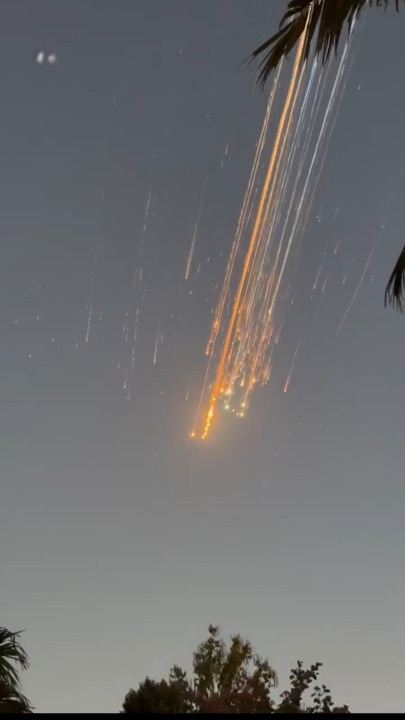
United States
Don't miss out on the headlines from United States. Followed categories will be added to My News.
The US has grounded SpaceX’s Starship and ordered Elon Musk’s company to investigate why the spaceship spectacularly disintegrated in a fiery cascade over the Caribbean during its latest test mission.
Authorities in the Turks and Caicos Islands confirmed they diverted all flights from their airspace during the incident and urged residents not to touch fallen debris, warning it could be hazardous.
“The FAA (Federal Aviation Administration) is requiring SpaceX to perform a mishap investigation into the loss of the Starship vehicle during launch operations on January 16,” the agency said.
“There are no reports of public injury, and the FAA is working with SpaceX and appropriate authorities to confirm reports of public property damage on Turks and Caicos.”

It added that during the event, it briefly activated a “Debris Response Area” protocol to slow aircraft outside the area where the debris was falling or stop aircraft at their departure location.
“Several aircraft requested to divert due to low fuel levels while holding outside impacted areas.”
Under established procedures, SpaceX will now be required to carry out a “mishap investigation” — including the identification of any corrective actions, which the FAA will review before determining the launch vehicle can return to flight.
Alternatively, the company may seek an early return to flight if it can demonstrate sufficient safety measures and confirm the mishap posed no public risk.
The government of the Turks and Caicos Islands, a British-controlled archipelago, confirmed the diversion of all flights during the incident, which lit up social media with dazzling photos and videos of the meteor-like shower of debris.
Officials also met with UK Space Agency experts and reiterated warnings to residents to avoid fallen debris.
“If possible, take a photograph of the object (without touching it) alongside another object for scale,” a public advisory read, emphasising, “Space debris remains the property of the spacecraft owner.”
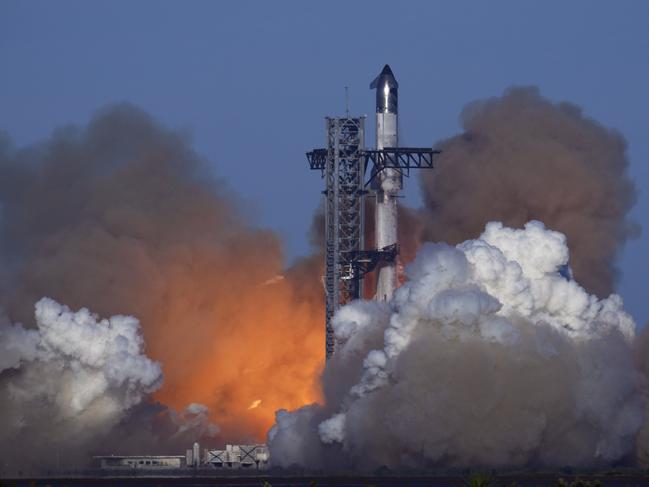
MARS ROCKET
Starship is the biggest and most powerful rocket ever built, and is key to Musk’s ambitions of colonising Mars.
NASA hopes to use a modified version of the rocket as a human lunar lander for its Artemis missions to return to the Moon.
Thursday’s uncrewed launch was Starship’s seventh orbital test, and the first involving a taller, upgraded version of the rocket.
SpaceX, which dominates the commercial launch market through its workhorse Falcon 9 rocket, underscored its technical prowess by catching Starship’s first stage booster in the “chopstick” arms of its launch tower for a second time.
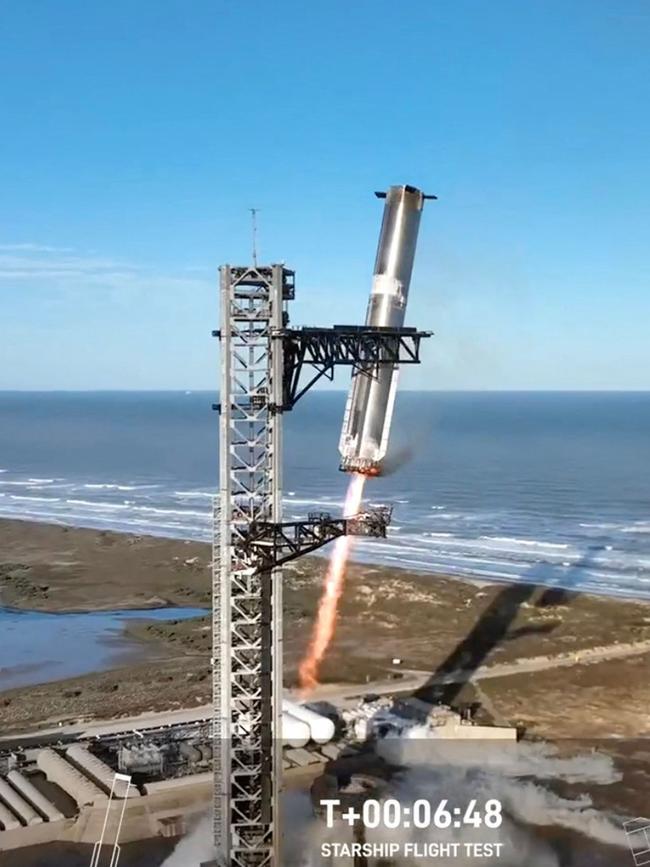
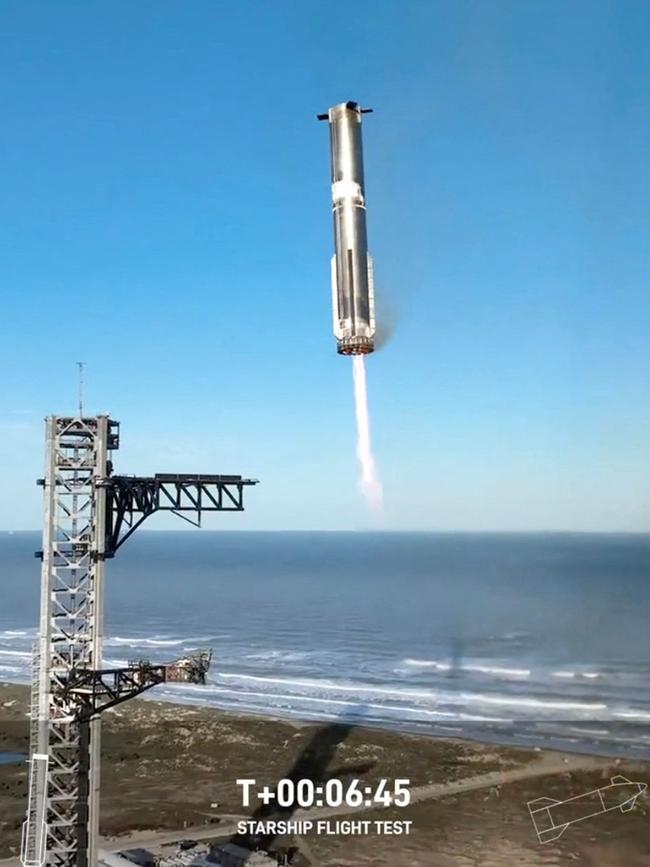
But the triumph was short-lived when teams lost contact with the upper-stage vehicle. SpaceX later confirmed it had undergone “rapid unscheduled disassembly,” the company’s euphemism for an explosion.
“Success is uncertain, but entertainment is guaranteed!” Musk quipped on X, sharing one of the many viral clips of the event.
He added the cause of the explosion appeared to be an “oxygen/fuel leak” that caused an excess build-up of pressure.
“Nothing so far suggests pushing next launch past next month,” he ventured.
BEZOS AND BLUE ORIGIN
The Starship incident comes after Blue Origin, the space company founded by billionaire Jeff Bezos, nailed the maiden launch of its massive New Glenn rocket early morning on Thursday local time, marking a new step in the commercial space race.
Blue Origin’s inaugural mission had been delayed by several years before its successful blast off was webcast live from The Cape Canaveral Space Force Station in Florida.
The mission is seen as critical to Blue Origin’s efforts to compete with Elon Musk’s SpaceX, which dominates the commercial space industry.
“LIFT-OFF! New Glenn is beginning its first ever ascent toward the stars,” Blue Origin said on social media platform X.
“New Glenn has passed the Karman line, the internationally recognised boundary of space!” the firm posted just a few minutes later.
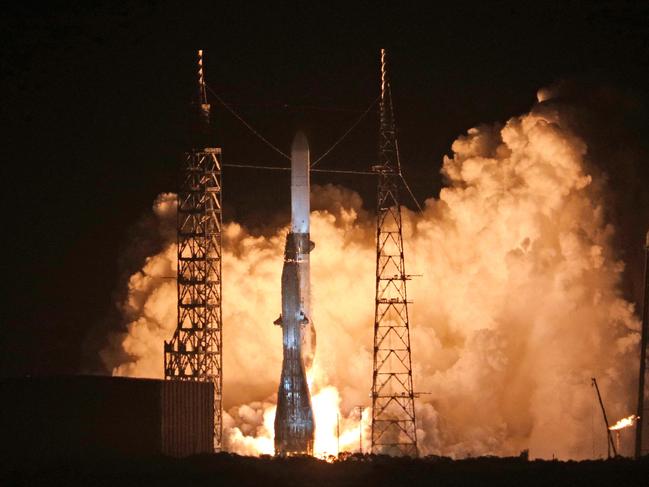
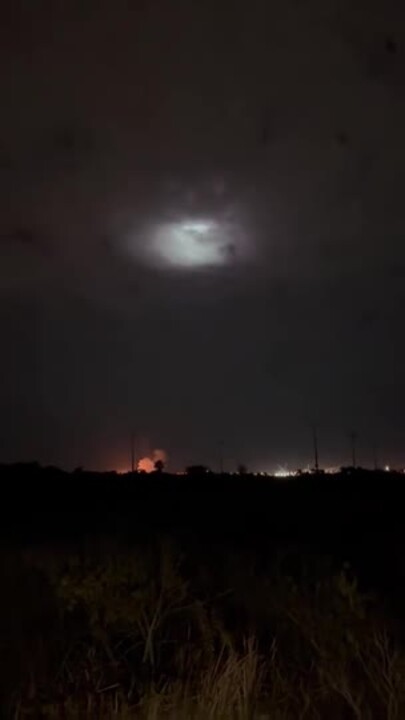
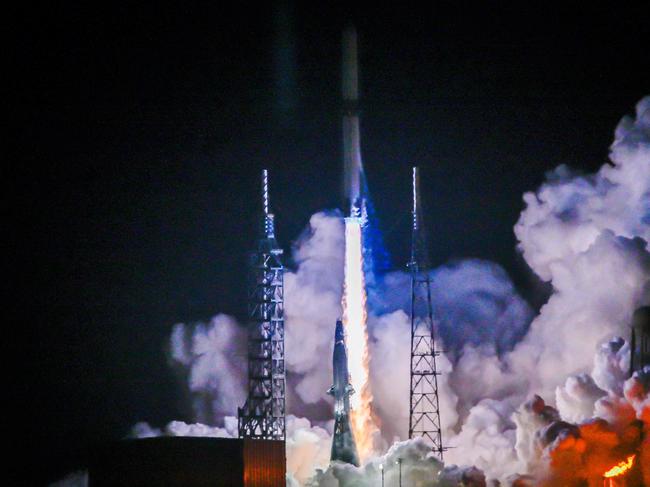
— Jeff Bezos (@JeffBezos) January 16, 2025
Blue Origin said in a statement that the second-stage engine had reached “its final orbit”, adding that the Blue Ring advanced spaceship prototype that was along for the ride was “receiving data and performing well.” The first-stage booster, which was meant to be reusable, was lost during descent, it added.
“I’m incredibly proud New Glenn achieved orbit on its first attempt,” said the company’s CEO, Dave Limp, in the statement.
“We knew landing our booster … on the first try was an ambitious goal. We’ll learn a lot from today and try again at our next launch this spring.”
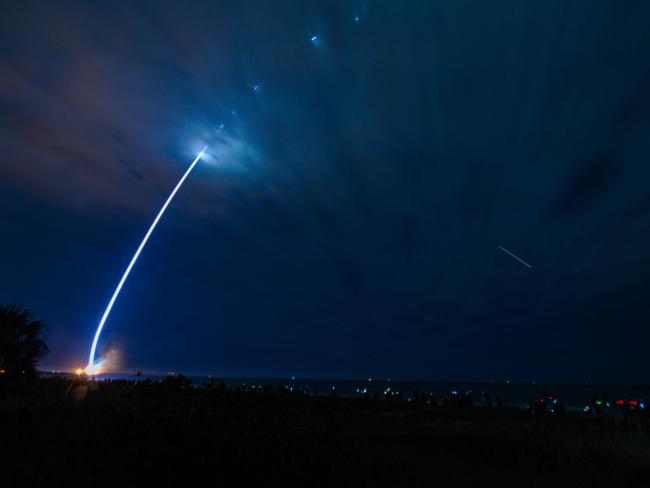
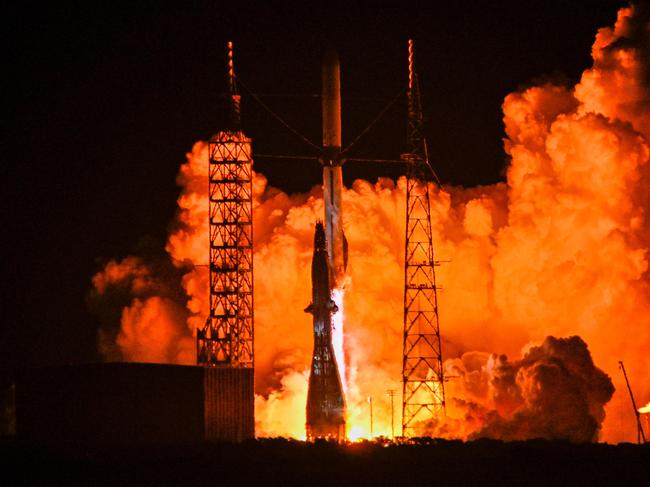
Blue Origin had intended to land the booster — powered by liquid methane and designed for up to 25 flights — on a drone ship stationed about 1,000 kilometres downrange in the Atlantic Ocean.
Rival SpaceX has made such landings now routine, but this would have been Blue Origin’s first shot at the feat.
Well done, @JeffBezos, and the Blue Origin team! https://t.co/wbezf3UP11
— Elon Musk (@elonmusk) January 16, 2025
Musk commended Bezos on New Glenn’s inaugural launch, offering congratulations “on reaching orbit on the first attempt” in a post on his X platform.
With the latest mission, dubbed NG-1, Amazon founder Bezos was taking aim at the only man in the world wealthier than him: fellow tech innovator Musk.
Musk’s SpaceX dominates the orbital launch market through its prolific Falcon 9 rockets, which have become vital for the commercial sector, Pentagon and NASA.
“SpaceX has for the past several years been pretty much the only game in town, and so having a competitor … this is great,” G. Scott Hubbard, a retired senior NASA official, earlier told AFP, expecting the competition to drive down costs.
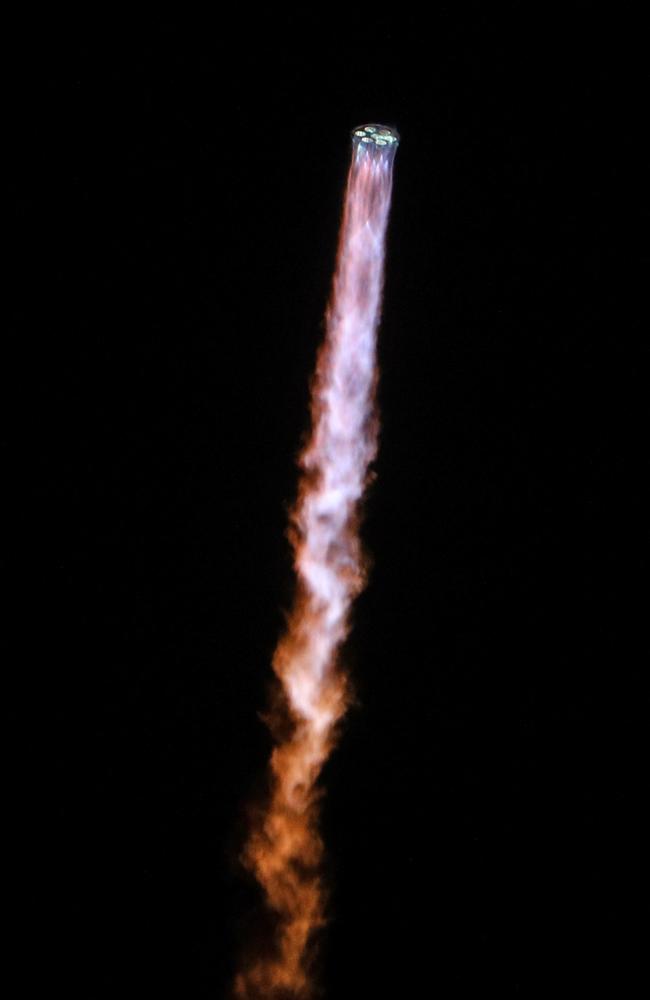
Aboard the New Glenn test flight and now in orbit is a US Defense Department-funded prototype of an advanced spaceship called Blue Ring which could one day journey through the solar system.
Physically, the gleaming white New Glenn rocket dwarfs SpaceX’s 230-foot Falcon 9 and is designed for heavier payloads.
It slots between Falcon 9 and its big sibling, Falcon Heavy, in terms of mass capacity but holds an edge with its wider payload fairing capable of carrying the equivalent of 20 trucks.
Blue Origin has already secured a NASA contract to launch two Mars probes aboard New Glenn.
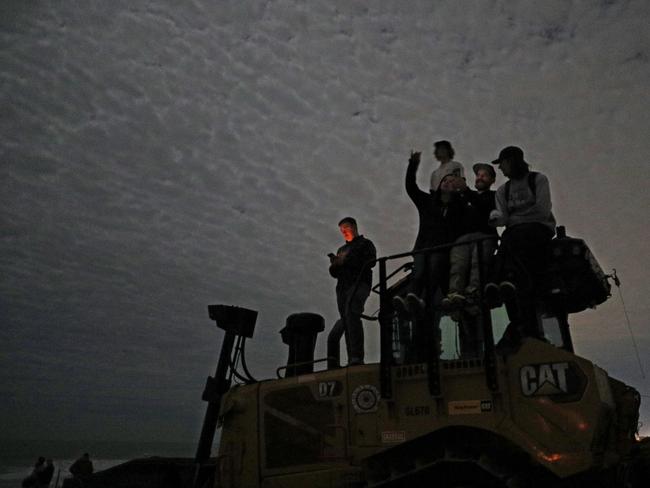
The rocket will also support the deployment of Project Kuiper, a satellite internet constellation designed to compete with Starlink.
For now, however, SpaceX maintains a commanding lead, while other rivals — United Launch Alliance, Arianespace and Rocket Lab — trail far behind.
Like Musk, Bezos has a lifelong passion for space.
But, where Musk dreams of colonising Mars, Bezos envisions shifting heavy industry off-planet onto floating space platforms in order to preserve Earth, “humanity’s blue origin.”
More Coverage
Originally published as US grounds SpaceX’s Starship after irocket imploded during its latest test mission




